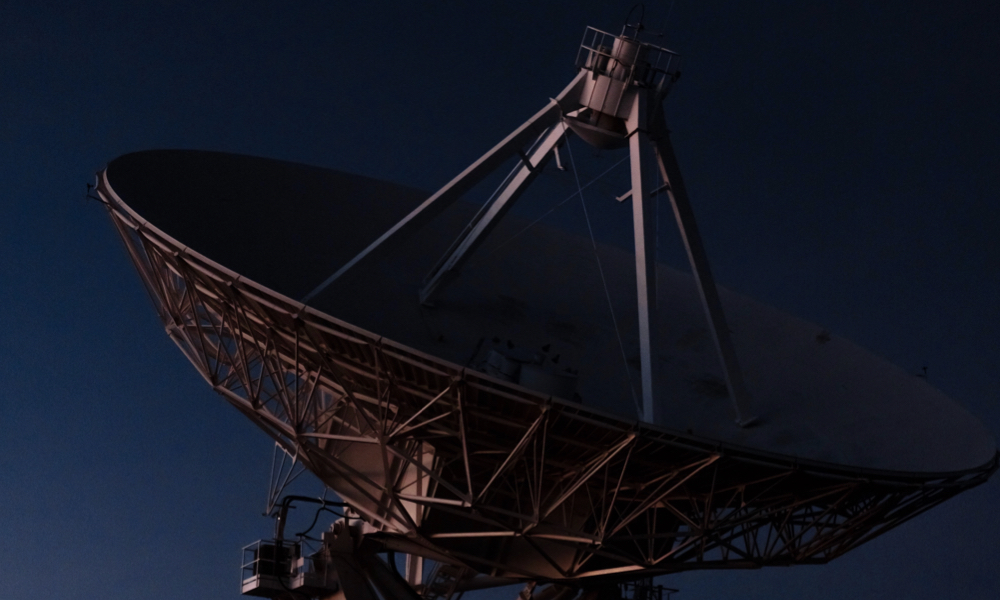
ESA Open Invitation to Tender AO10160
Open Date: 19/03/2020
Closing Date: 01/05/2020 13:00:00
Status: ISSUED
Reference Nr.: 19.129.30
Prog. Ref.: Technology Developme
Budget Ref.: E/0901-01 – Technology Developme
Special Prov.: BE+DK+FR+DE+IT+NL+ES+SE+CH+GB+IE+AT+NO+FI+PT+GR+LU+CZ+RO+PL+EE+HU
Tender Type: C
Price Range: 200-500 KEURO
Products: Satellites & Probes / Other
Technology Domains: Life & Physical Sciences / Applied Life Science Technology / Application of Human Physiology Technologies
Life & Physical Sciences / Instrumentation in Support of Life Sciences / Sensors and Analytical Instrumentation
Onboard Data Systems / Payload Data Processing / System Technologies for Payload Data Processing
Establishment: ESTEC
Directorate: Directorate of Tech, Eng. & Quality
Department: Mechanical Department
Division: Mechatronics and Optics Division
Contract Officer: Magne-Lie, Karine
Industrial Policy Measure: N/A – Not apply
Last Update Date: 19/03/2020
Update Reason: Tender issue
Design, breadboard and test a label-free optofluidic refractometric biosensor array with integrated sources and detectors.The concept of highly integrated, miniaturised chemical and biological analysis systems is of great potential interest for space exploration missions, be it for scientific investigations or for monitoring contamination and health parameters onboard a manned spacecraft.Optics implemented on microfluidic chips provide small, and often much cheaper ways to interrogate biological systems from the level of single molecules up to small model organisms. The optical probing of single molecules has been used to investigate the mechanical properties of individual biological molecules;however, multiplexing of these measurements through microfluidics and nanofluidics provides many analytical advantages. Optics-integrated microfluidic systems can significantly simplify sample processing and allow a more user-friendly experience; alignments of on-chip optical components are predetermined during fabrication. Furthermore, sample loss from complicated preparation and fluid transfer steps can bevirtually eliminated, a particularly important attribute for biological molecules at very low concentrations. By exploiting the ease with which fluids and particles can be precisely and dynamically controlled in microfluidic devices, optical sensors capable of unique imaging modes, single molecule manipulation, and detection of minute changes in concentration of an analyte are possible.In a GSP study Integration of optical detection in microfluidic systems for space exploration (AO/1-6925/12/NL/AF) a number of potential solutions has been investigated and evaluated. One of main candidates is a class of optofluidic biosensors based on refractive index changes caused by specific molecule capturing by surface immobilized receptors such as antibodies, aptamers or mips. This principle obviates the need of a camera system and allows for a complete solid-state, chip-based solution for the optical detection.TASK description1- Review and update of requirements2- design of an integrated optics microfluidic system and immobilization technology for ultrasensitivedetection3- manufacture the breadboard and test according to test plan4- elaborate the test report and conclusions
If you wish to access the documents related to the Invitation to Tender, you have to log in to the ESA Portal.
